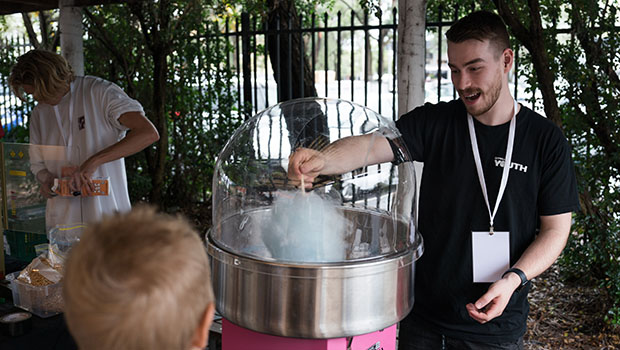Just a few Thursdays ago, as I headed to a STRENGTH session at a high school, I received unsettling news that one student wouldn’t be attending. He had been absent from school the entire week and was even considering leaving the school altogether. The reason behind this decision was the relentless teasing and mockery he endured from his peers, all because he had wet the bed during a sleepover due to his diabetes, which affects his bladder control.
This student is just one example of the alarming prevalence of bullying among students. Research indicates that 7 in 10 children aged 12-13 experience bullying at least once a year. As we observe the National Day of Action against Bullying and Violence this week, it serves to raise awareness about this issue in Australia.
Let’s delve deeper into the matter. Bullying is defined by the AIHW (Australian Institute of Health and Welfare) as any intentional and repeated behaviour that causes physical, emotional, or social harm to a person who has, or is perceived to have, less power than the person who bullies. The AIHW categorizes bullying into 3 forms:
- Physical bullying (including harm to belongings or theft)
- Verbal bullying (includes spoken or written words)
- Social bullying (includes actions intended to socially isolate another person)
If you are wondering about the prevalence of bullying in Australia, a good resource for information is ‘Bullying. No Way!’, a trusted government authority that collaborates with schools to address this issue. According to their findings, incidents of bullying often stem from a desire to enhance social status, and peers frequently play a central role as onlookers. Additionally, when it comes to online interactions, approximately 1 in 4 children aged 8–12 experience unwanted contact and content. It’s worth noting that 84% of students who are bullied online also face in-person bullying. The most commonly reported behaviours include hurtful teasing and the spreading of hurtful lies about the victims.
As a result, victims of bullying report more severe anxiety symptoms than others. This is also linked to social anxiety, which often lasts into adulthood and increases the risk of developing personality disorders. Depression is another common outcome of bullying, significantly impacting the victim’s quality of life. Moreover, compelling evidence suggests that children who engage in bullying behaviours during school are at significant risk of experiencing a range of adverse outcomes in adulthood, including antisocial behaviour, criminal involvement, and poor health outcomes.
While the issue of bullying is still prevalent, we have also found ways that help to create change. Teaching empathy and ensuring that every student, even in a large school, has one adult that they are connected to and can trust when they have a problem. It’s also crucial to promote student leadership, adopt innovative disciplinary approaches, and establish public accountability regarding these issues.
This is why empathy is a key element in our SHINE and STRENGTH programs, ensuring students understand not only how to regulate their own emotions but also to understand how others are feeling and what they may be experiencing. We have seen countless students go from being standoffish and disrespectful towards their peers to, over the course of 9 weeks, encouraging and supporting them.
Here are some ways that we can do to work towards change:
- If you are a parent, reports have shown that students often tell parents about bullying rather than anyone else. Students may not report bullying to the school because they fear not being believed or making things worse. Considering this, you have an important role to play in supporting your children. You can find more information here.
- If you are wanting to find out more information about bullying and grow your understanding, then here is a great podcast episode from the Department of Education: Bullying and your teenager.
- You can also participate in these initiatives taking place this week:
- Participate in SuperHIRO Wednesday on Wednesday, August 16th – an annual fun day that involves schools, workplaces, and the community wearing their favourite superhero outfit (or symbol).
- National Day of Actions on Friday, August 18th
Written by
Matt Robinson
CityCare Community Worker
And if you would like to be involved in any of the youth programs we run through CityCare, feel free to register your interest here: https://hillsong.com/australia/citycare/volunteer/





